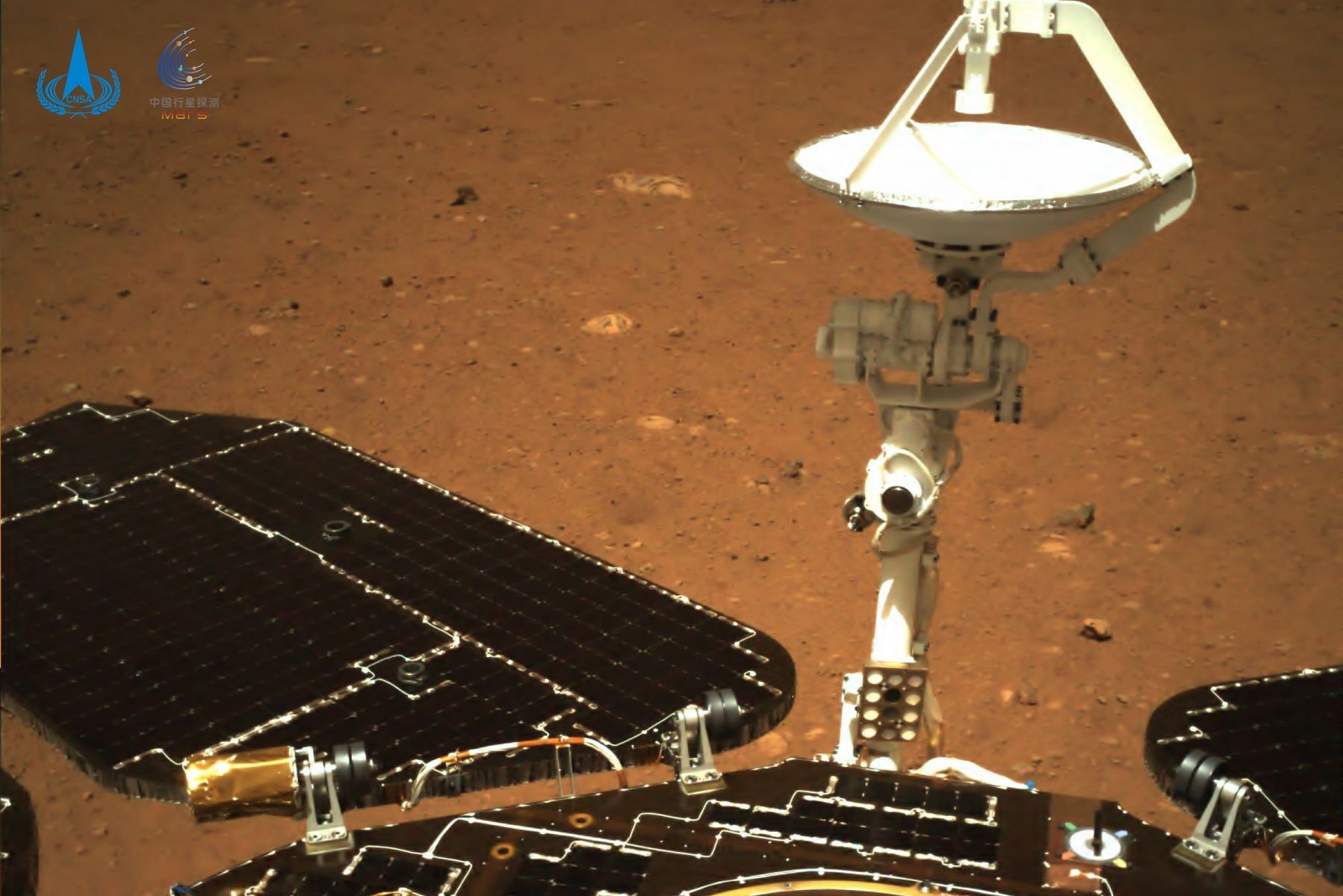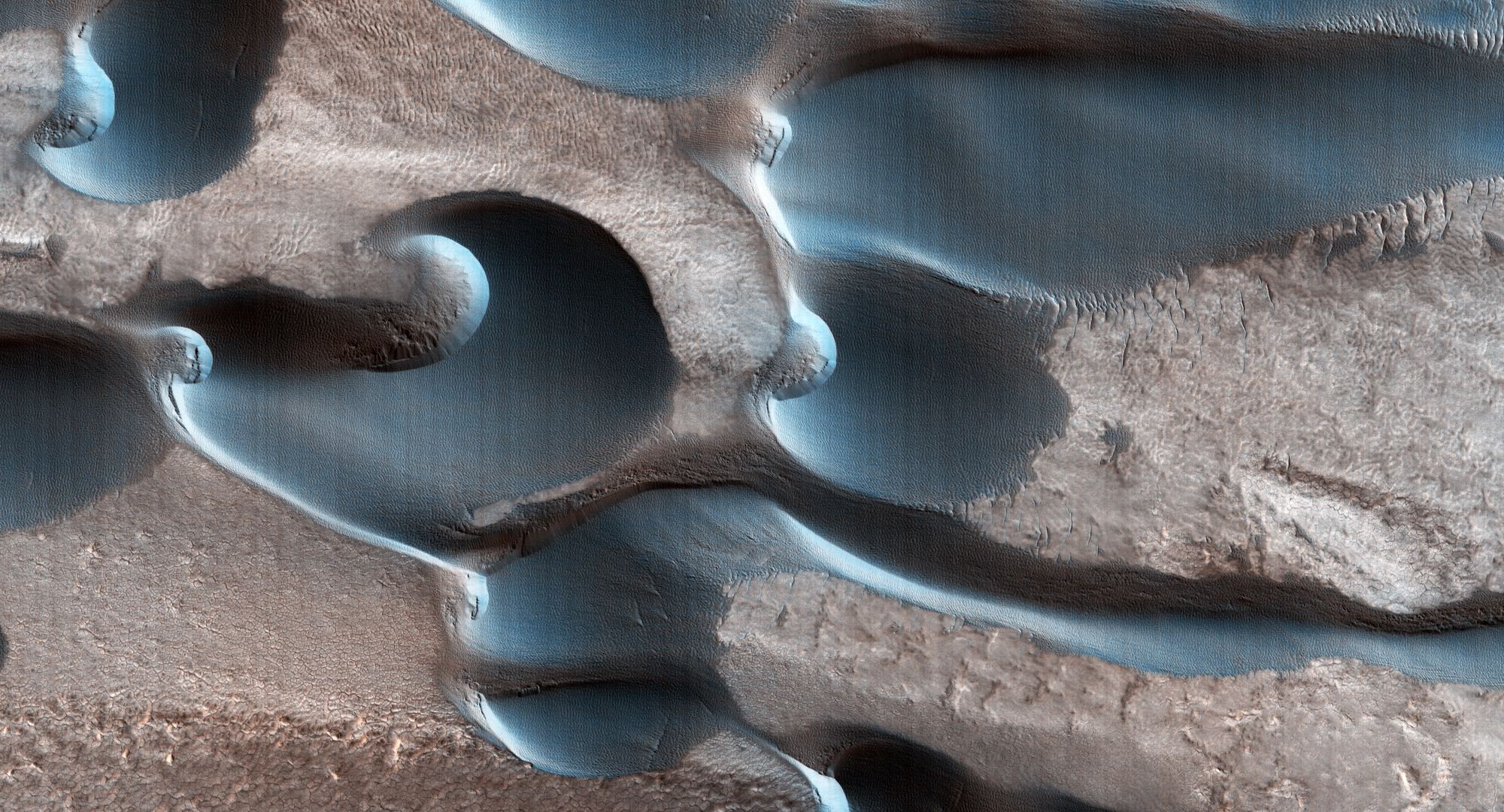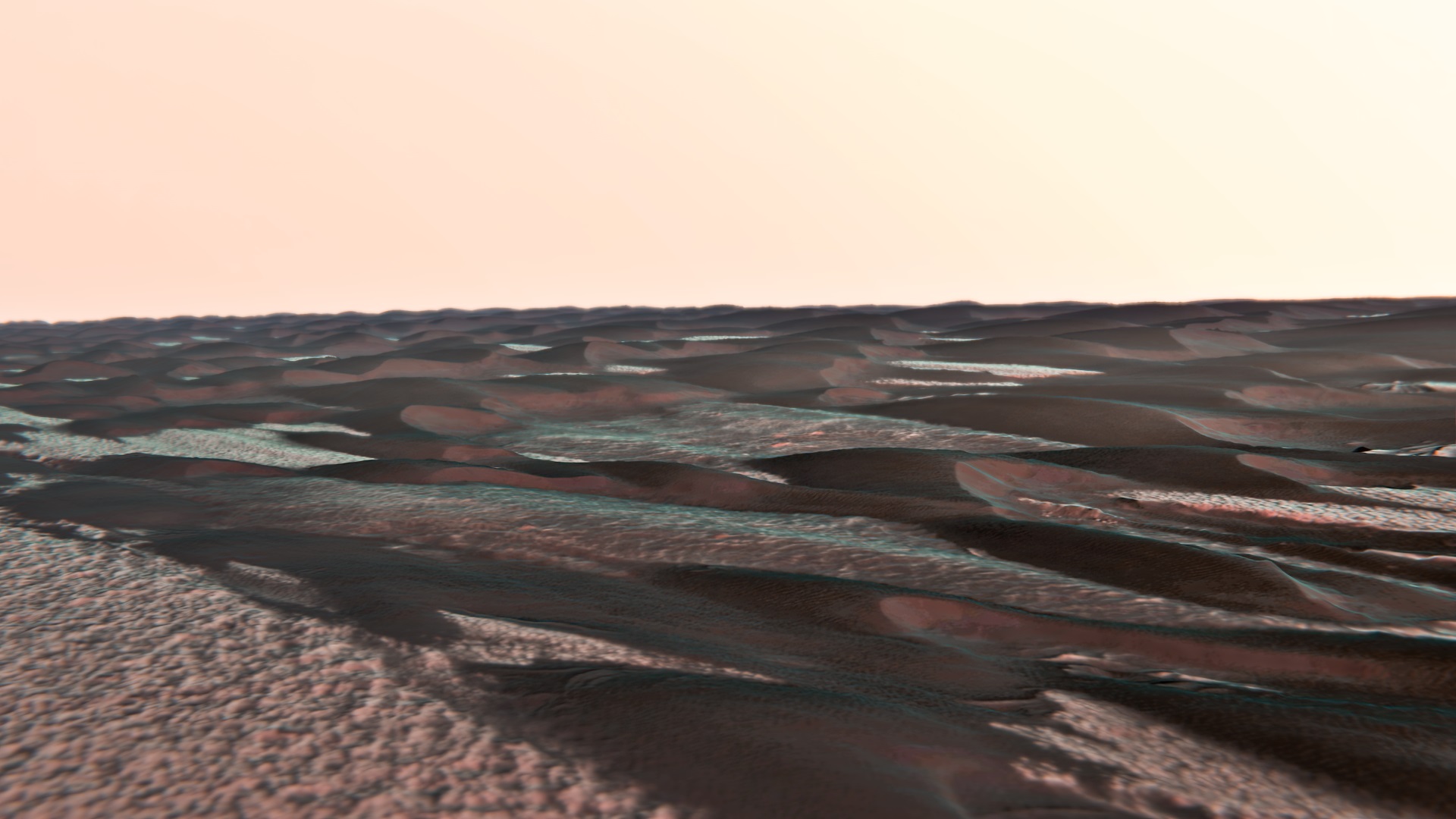The surface of Mars is a pretty desolate place at first glance. The soil is many times as dry as the driest desert on planet Earth, the temperatures swing from one extreme to the other, and the air is incredibly thin and toxic. And yet, there’s ample evidence that the planet was once much warmer and wetter, with lots of flowing and standing water on its surface. Over time, as Mars’ atmosphere was slowly stripped away, much of this water was lost to space, and what remains is largely concentrated around the poles as glacial ice and permafrost.
For years, space agencies have been sending robotic landers, rovers, orbiters, and aerial vehicles to Mars to learn more about when this transition took and how long it took. According to China’s Tianwen-1 mission, which includes the Zhurong rover, there may have been liquid water on the Martian surface later than previously thought. According to new research from the Chinese Academy of Sciences (CAS), the Zhurong rover observed salt-rich dunes in the Utopia Planitia region that showed cracks and crusts, indicating the possible presence of water as recently as a few hundred thousand years ago.
Continue reading “China's Mars Rover Finds Recent Evidence of Water Near the Equator”


